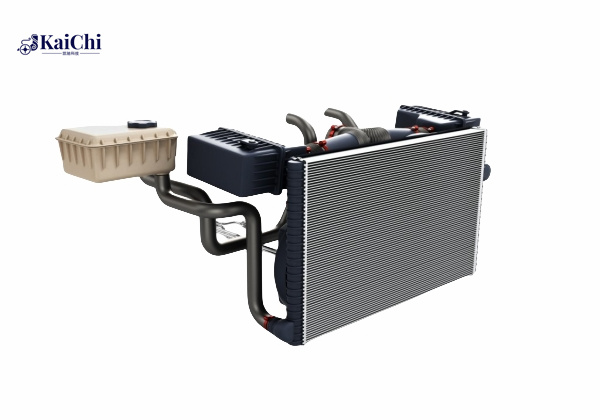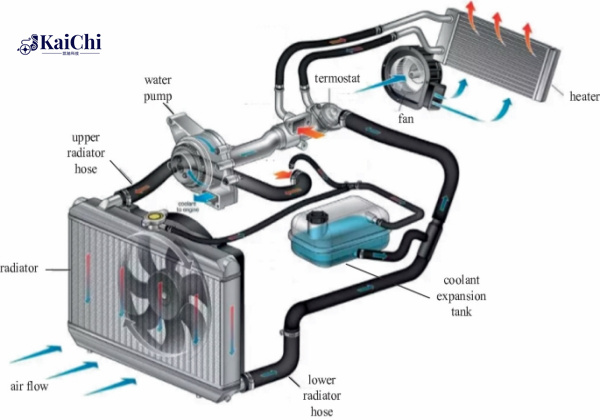

As a professional Auto Radiator manufacturer and supplier, we’d like to share the basic knowledge of Auto Radiators:
1.Understanding the Auto Radiator: An automotive radiator is a key part of the auto cooling system in your vehicle. Its primary role is engine cooling and prevent it from overheating. This is necessary, as the internal combustion process in an engine generates substantial heat that needs to be reduced to avoid causing severe damage to engine components.
2.How the Auto Radiator Works: The radiator cools the engine by transferring the heat from the coolant fluid, which has been pumped around the engine, out into the air. Here's a basic step-by-step process:
★ Coolant (a mixture of water and antifreeze) absorbs heat from the engine.
★ The heated coolant is pumped by the water pump through the tubes of the radiator.
★ The radiator, located at the car's grille, allows fresh outside air to pass over the tubes and fins, cooling the heated coolant inside.
★ The cooled coolant is then recirculated back into the engine to absorb more heat and start the process over.

3.Design and Components of Auto Radiators: A typical radiator is made up of several main components:
★ Tubes: Small tubes arranged facing the oncoming air. The heated coolant travels through these tubes.
★ Fins: Thin metal pieces that connect the tubes, increasing the surface area for better heat dissipation.
★ Inlet and Outlet tanks: These parts direct the flow of coolant into and out of the radiator.
★ Pressure cap: This is crucial for maintaining pressure within the cooling system, making the coolant's boiling point higher.
4.Types of Radiators: There are primarily two types of radiators — Down-Flow and Cross-Flow — the designation referring to the direction of coolant flow. Recently, most cars have adopted the cross-flow design due to its efficiency. Materials used also vary, with the most common being aluminum core radiator(lightweight and good thermal conductivity) or a mix of copper and brass in older models.
5.Maintenance of Radiators: Regular maintenance practices include checking coolant levels and keeping an eye out for signs of leakage. It's also a good idea to have the radiator and cooling system flushed every couple of years to get rid of any rust, debris, and old coolant that can build up and hinder its function.
6.Radiator Problems: Some common radiator problems include leaks (leading to low coolant level), a malfunctioning thermostat, or a failing water pump. Signs to look out for are overheating engine, coolant leaks under the car, or an engine warning light on the dashboard.
Remember, the radiator and cooling system play a key role in the safety and longevity of your vehicle's engine, so it's essential to understand their basic function and keep them in good working condition.

Mobile

